-
Endoskopowe produkty i akcesoria
- Endoskopowy zestaw do ssania i nawadniania
- Rury wdmuchiwania
- Veress Needle
- Wysokoprzepływowy podgrzewany przewód wdechowy
- Zawory endoskopowe jednorazowego użytku
-
Rękawy do aparatu endoskopowego
- Szybka zmiana endoskopowa kamera Drape
- Wysokiej rozdzielczości endoskopowa kamera Drape
- Elastomerowa końcówka endoskopowa
- Składana pierścieniowa endoskopowa zasłona na aparat
- Teleskopowo składana opaska na aparat endoskopowy z końcową szybką zmianą
- Teleskopowo złożony rękaw kamery endoskopowej z elastycznym końcem
- Zestaw do nawadniania artroskopii
- Rury nawadniające
- Zakrętka systemu płukania
- Szczotki do czyszczenia kanału endoskopii
- Pułapka na polip
-
Układ oddechowy
- Kaniula z tlenem nosa
- Maska Capnography
- Maska tlenowa
- Maska bez ponownego oddychania
- Maska Venturi
- Maska multi-vent
- Maska nebulizatora
- Nebulizator z kawałkiem ust
- Maska tracheostomijna
- Jednorazowe Ezscope™Pro Broncho
- Ustnik zaworu jednokierunkowego
- Zacisk na nos
- ABC ustnik i zestaw filtrów
- Ćwiczenia oddechowe
- Zamknięty cewnik ssący
- Cewnik ssący
- Zawór próżniowy sterujący śluzem
- Pułapka na Śluz
- Śluz ekstraktor
- Śluz z osłonką ochronną
- Jednorazowa rurka aspiracyjna
- Znieczulenie
-
Zarządzanie dróg oddechowych
- Droga oddechowa jamy ustnej i gardła
- Droga oddechowa jamy nosowej gardła
-
Maska krtani dróg oddechowych
- Standardowa maska krtaniowa z PVC
- Wzmocniona maska krtaniowa z PVC
- Maska krtaniowa PVC 90 stopni dróg oddechowych
- Standardowa silikonowa maska krtaniowa dróg oddechowych
- Wzmocniona silikonowa maska krtaniowa dróg oddechowych
- Maska krtani wielokrotnego użytku dróg oddechowych
- Wielokrotnego użytku wzmocniona maska krtani dróg oddechowych
-
Rurka tracheostomijna
- Niebiańska regulowana rurka tracheostomijna
- Niebiańska rurka trachestomii z neossaniem
- Niebiańska wzmocniona rurka trachestomii
- Rurka tracheostomijna Serenity
- Zestaw probówki serenity tracheostomii
- Rurka tracheostomijna Serenity z neoSusaniem
- Zestaw probówek tracheostomijnych Serenity z neoSuction
- Rurka tracheostomijna fenestrowana Grasmere
- Zestaw probówki tracheostomijnej Grasmere Fenestrowany
- Azure Nieregulowana rurka tracheostomijna
- Rurka tracheostomijna typu S
- Rurka tracheostomijna Pedi
- Rurka dotchawicza
- Intchawicze rurkowe
- Intubating Stylet
-
Chirurgia ssąca
- Flexi-clear Yankauer Uchwyt
-
Uchwyt Yankauer
- Uchwyt SpeedFlow Yankauer
- Zwykła końcówka Yankauer
- Końcówka kołnierza Yankauer
- Zwężająca się końcówka Yankauer
- Włączanie/wyłączanie Yankauer ze zwykłą końcówką
- Włączanie/wyłączanie Yankauer ze zwężanymi końcówkami
- Końcówka żarówki Yankauer
- Koronka Yankauer
- Elastyczny uchwyt ssący Poole
- CH30 Uchwyt Yankauer i rurka łącząca ssanie CH35
- Dwuczęściowa Plain Tip Yankauer
- Kaczka-bill Tip Yankauer
- Uchwyt ssący Poole
- Rura ssąca ENT
- Sonda ssąca
- Ortopedyczne/ortopedyczne Yankauer
- Końcówka chirurgiczna aspiratora
- Rura łącząca ssanie
- Miękka wkładka do kanistra ssącego
- Sztywny kanister ssący
- Kanister ssący z zestawem filtra
- Pojemnik zewnętrzny wielokrotnego użytku
- System odwadniania ran próżniowych
- Ligator z hemoroidami
- Złącze
- Adapter kontroli próżniowej
- Kardiochirurgia
- Produkty i akcesoria laparaskopowe
- Ginekologia
-
Urologia
- CathVantage™Przenośny hydrofilowy cewnik przerywany
-
Zestaw do nawadniania cysta/pęcherza
- M-łatwy zestaw do nawadniania pęcherza
- Zestaw do nawadniania pęcherza B-cylind
- Zestaw do nawadniania pęcherza S-tur
- Zestaw do nawadniania pęcherza S-uni
- Zestaw do nawadniania pęcherza B-uro
- Zestaw do nawadniania pęcherza Premi
- Zestaw do nawadniania pęcherza J-pump
- Zestaw do nawadniania pęcherza J-tur
- Zestaw do nawadniania pęcherza z pompą H
- Zestaw do nawadniania pęcherza Sop-flow
- Zestaw do nawadniania klonu
- Zestaw do nawadniania piwonii
- Cewnik Nelaton
- Torba odwadniająca mocz
- Torba na nogi do drenażu moczu
- Zestawy do lewatywy
- Zestawy do kąpieli Sitz
- Kliknij Seal Specimen Container
- Silikonowy męski cewnik
- Cewnik czop i adapter
- Trójdrożny kogut stop
- Zestaw do nawadniania drzewa sandałowego
- Zestaw do nawadniania Freesia
- Zestaw do nawadniania żonkila
-
Chirurgia ogólna
- System Atomizer perfuzji
- Rurka ze zlewu żołądka
- Hemostatyczny aplikator proszkowy
- Zasława magnetyczna
- Chirurgiczny immobilizer do rąk
- Administracja zestaw do krwi
- Zestaw do nawadniania dentystycznego
- Strzykawka do ucha/wrzodów
- Strzykawka do nawadniania żarówek
- Strzykawka do nawadniania Toomey
- Strzykawka do nawadniania zębów
- Urządzenie dekantujące
- Mieszanie kaniuli
- Urządzenie do atomizacji błony śluzowej
- Umywalka/Umywalka
- Osłona uchwytu aparatu
- Lekka osłona uchwytu
- Szczotka medyczna
- Gąbka w sztyfcie
- Szew Retriever
- Licznik igieł
- Jednorazowa rurka kalibracyjna
- Zaparzacz ciśnieniowy
- Czapka z heparyną
- Osłona ochronna
- Strzykawka do nawadniania żarówek 100ml
- Marker twardniarski
- Chirurgiczny uchwyt światła
- Odżywianie dojelitowe
- Trwały sprzęt medyczny
- Sprzęt ochrony osobistej
- Produkty COVID-19
- PVC-FREE urządzenie medyczne
- Dział E.N.T
- Rozwiązania do zarządzania temperaturą
- Operacja
- System obsługi pacjenta
- Nagły wypadek
-
-
 SZPITALAR 2024Apr 28 , 2024
SZPITALAR 2024Apr 28 , 2024 -
-
-
Uchwyt Yankauer
Uchwyty Yankauera połączone z rurką ssącą służą do odsysania wydzieliny ustno-gardłowej, aby zapobiec aspiracji. Ponadto yankauer można wykorzystać do czyszczenia miejsc operacyjnych podczas zabiegów chirurgicznych, a jego odsysaną objętość można policzyć jako utratę krwi podczas operacji.
Nowy produkt: CH30 Yankauer Uchwyt & CH35 Rura łącząca.
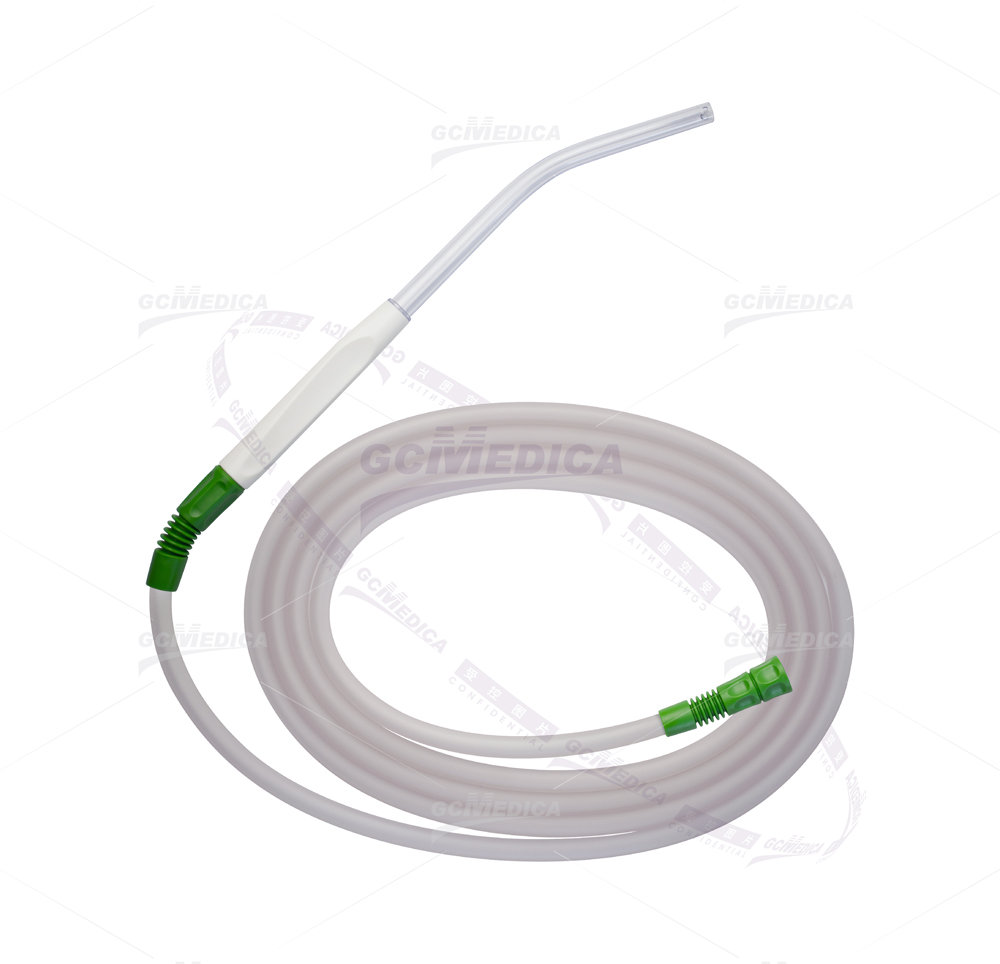
Uchwyt CH30 Yankauer & rurka łącząca CH35 jestWielkogabarytowe urządzenia ssąceWykonane z PVC. Mają 11,7mm OD, rurkę o długości 3,5 m i dwuczęściową konstrukcję Yankauer z perforowaną płaską końcówką. Opcje obejmują z lub bez zaworu sterującego, aby zaspokoić różne potrzeby chirurgiczne.
Konfigurowalne długości w oparciu o konkretne potrzeby klienta.
Lekka konstrukcja zmniejsza zmęczenie dłoni podczas długich operacji.
Rodzaj uchwytu Yankauer
GCMEDICA oferuje ponad 90 rodzajów wskazówek dotyczących yankauer, zapewniając, że znajdziesz konkretny typ, którego potrzebujesz.
Applications in Medical Procedures
The Yankauer Handle, a staple in medical facilities worldwide, has evolved to become a versatile tool in various medical interventions. Its design, featuring a firm yet maneuverable suction tip, enables healthcare professionals to perform with precision and efficiency.
1. Oral Suctioning
Originally designed for oral suction, the Yankauer Handle remains a primary tool in this domain. It is used extensively in dental procedures, airway management during surgeries, and emergency settings. Its ability to effectively clear the oral cavity of saliva, blood, or other obstructions makes it vital in maintaining a clear airway, thereby preventing aspiration and ensuring patient safety.
2. Surgical Applications
In surgical settings, the Yankauer Handle is indispensable. Surgeons rely on it for clear visibility, using it to remove blood and other fluids from the operative field. This not only provides a better view of the surgical area but also reduces the risk of postoperative infections.
3. Wound Cleaning and Care
Beyond surgeries, the Yankauer Handle finds its use in general wound care. It aids in gentle yet effective cleaning of wounds, removing debris and exudate, which is crucial in preventing infection and promoting faster healing.
4. Gastroenterology
In gastroenterological procedures, such as endoscopies, the Yankauer Handle helps in maintaining a clear field by removing excess fluids, ensuring that the procedures are carried out smoothly and efficiently.
5. Emergency Situations
In emergency medicine, the Yankauer Handle is a lifesaver. Its use in quickly clearing airways in cases of trauma or respiratory distress is critical. Its robust design allows for rapid, effective suctioning, which can be crucial in life-saving situations.
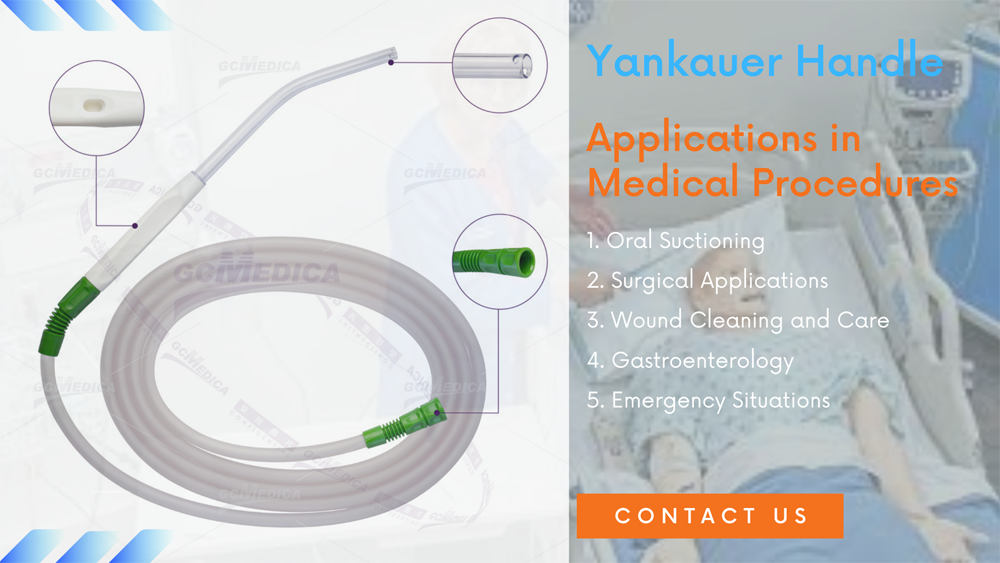
Maintenance and Sterilization of the Yankauer Handle
Maintaining the Yankauer Handle is crucial for its longevity and effectiveness. Proper care ensures patient safety and preserves the integrity of this vital tool. Here are key guidelines:
1. Cleaning Procedures
After each use, the Yankauer Handle must be thoroughly cleaned. This involves rinsing it under running water to remove debris and bodily fluids. Using mild detergents can help in effectively cleaning the surface without damaging the material.
2. Sterilization Techniques
Sterilization is crucial for infection control. The Yankauer Handle can be sterilized using various methods such as autoclaving, ethylene oxide, or hydrogen peroxide plasma. Each method has its advantages and is chosen based on the facility's capabilities and the handle's material composition.
3. Regular Inspections
Regular inspections are essential to ensure the handle's functionality. Checking for cracks, wear, or damage is crucial, as these can compromise its effectiveness and safety. Any damaged handles should be replaced immediately.
4. Storage Practices
Proper storage is as important as cleaning. The Yankauer Handle should be stored in a dry, clean environment to prevent contamination. Many facilities use sealed containers or designated storage areas to ensure the handle remains sterile until its next use.
5. Training and Awareness
Finally, training medical staff on the proper care and handling of the Yankauer Handle is vital. Awareness about its maintenance ensures that all staff members follow the protocols, maintaining a high standard of patient care and safety.
Frequently Asked Questions (FAQs) for Yankauer Handle
Q1: How do you use a Yankauer Handle?
A1: Using a Yankauer Handle involves a few key steps. Firstly, it must be connected to a suction source. Once connected, the healthcare professional can activate the suction. The tip of the Yankauer is carefully inserted into the area where suction is needed, such as the mouth or surgical site. The user must gently maneuver the handle, ensuring that the tip does not harm the surrounding tissue. It's often used to remove fluids or debris, ensuring a clear field of view or a clear airway. The procedure requires skill and precision to avoid causing any injury or discomfort.
Q2: What is a suction handle used for?
A2: A suction handle, like the Yankauer, is used primarily to remove liquids and debris from a patient's body during medical procedures. In surgical contexts, it keeps the field clear by aspirating blood, saline, and other fluids. In dental or oral procedures, it helps maintain a clear airway by removing saliva, blood, or vomit. In emergency medical situations, it can be a critical tool for preventing aspiration and maintaining clear airways. Its design allows for targeted suction, making it an invaluable tool in various medical scenarios.
Q3: How is the Yankauer Handle sterilized?
A3: Sterilization can be achieved through various methods such as autoclaving, ethylene oxide, or hydrogen peroxide plasma. The method chosen depends on the handle's material and the available resources of the medical facility.
Q4: What materials are used to make Yankauer Handles?
A4: Yankauer Handles are typically made from durable materials like stainless steel or plastic. The choice of material depends on the intended use and the need for sterilization compatibility.
Q5: How do you pronounce Yankauer?
A5: The name "Yankauer" is pronounced as "Yang-kow-er." The emphasis is on the first syllable, 'Yang', which rhymes with 'bang.' The second part, 'kow', is pronounced like the word 'cow', and the last syllable, 'er', sounds like the 'er' in 'her' or 'sir.' This pronunciation is widely accepted in medical communities globally and is named after the inventor, Sidney Yankauer, who was an American otolaryngologist.
Customer Reviews for GCmedica Yankauer Handle
1.Nadia Boucher
★ ★ ★ ★ ★"As a surgical nurse, the Yankauer Handle is a tool I rely on daily. Its effectiveness in maintaining a clear surgical site is unparalleled. Plus, its ease of sterilization makes it a hygienic and safe choice for patient care."


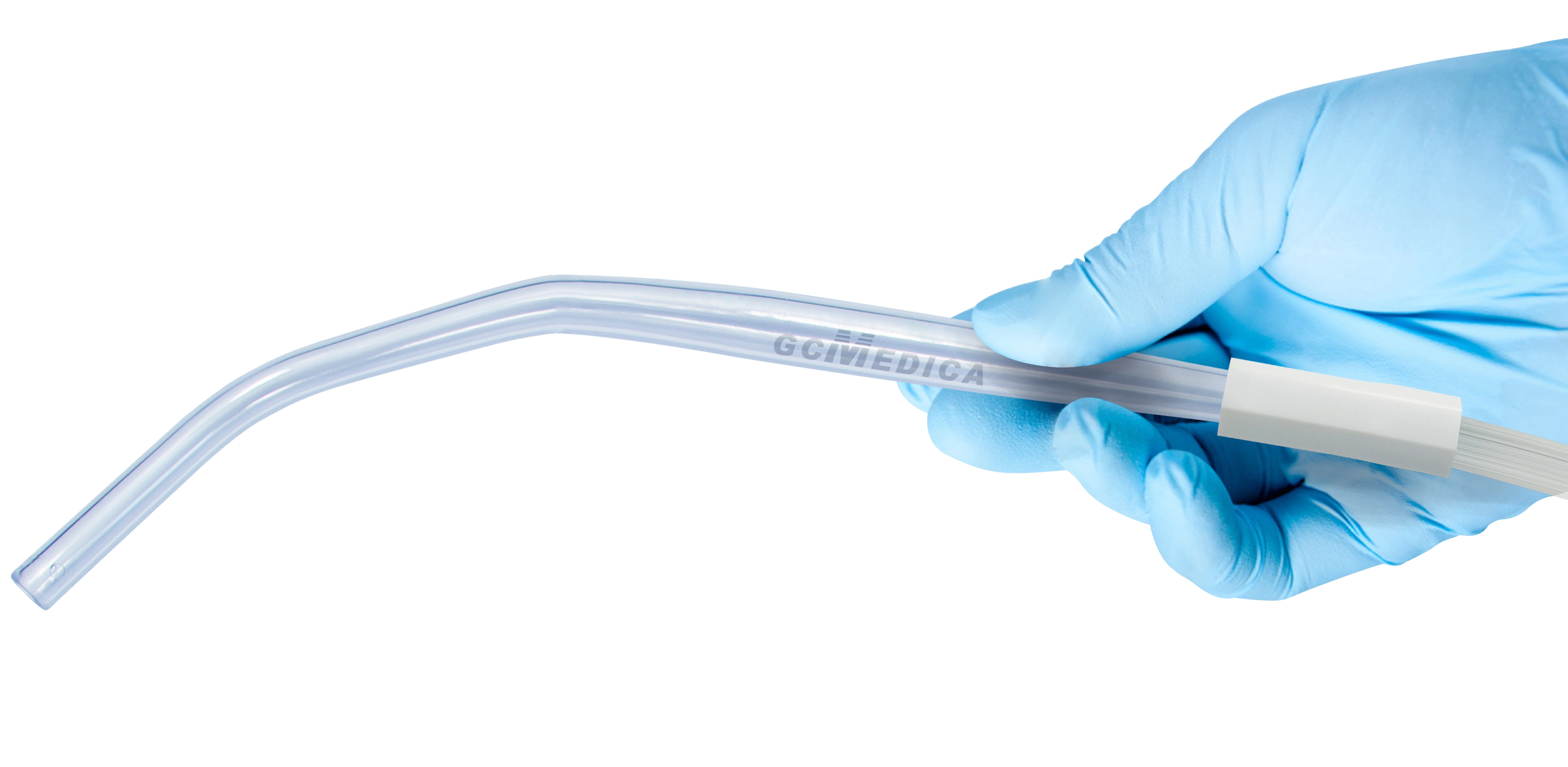
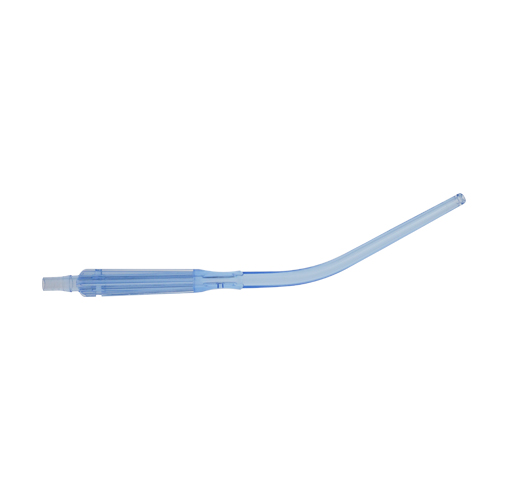
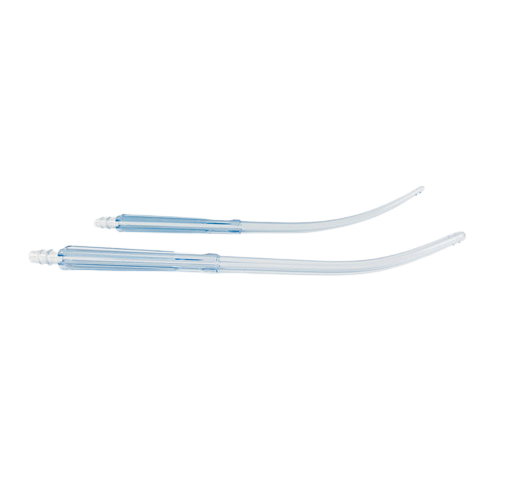
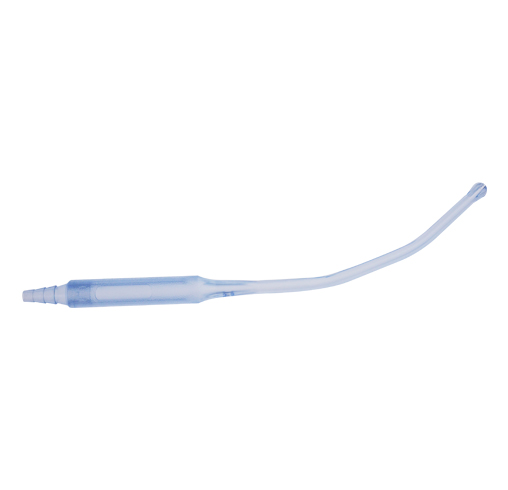
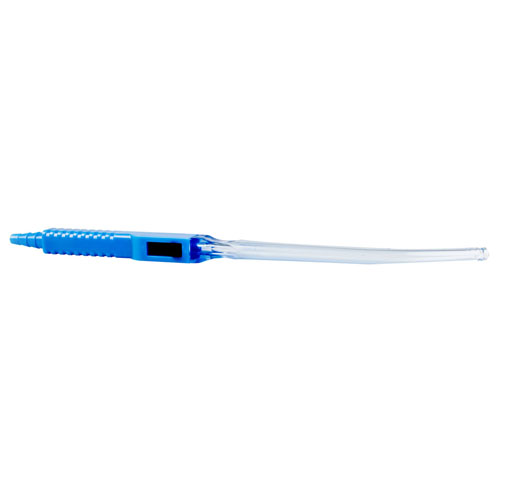
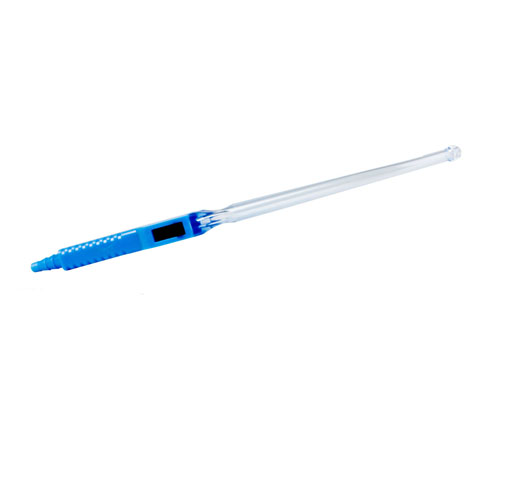
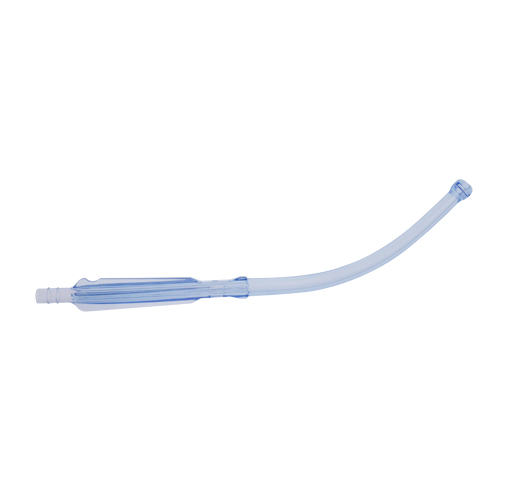
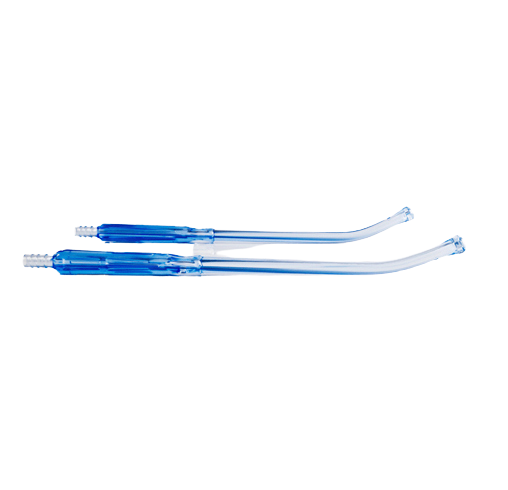
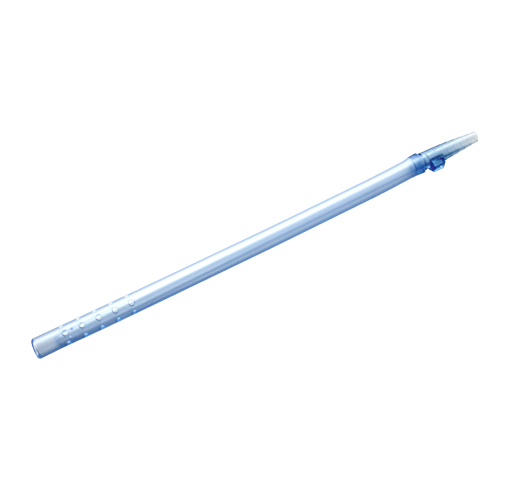
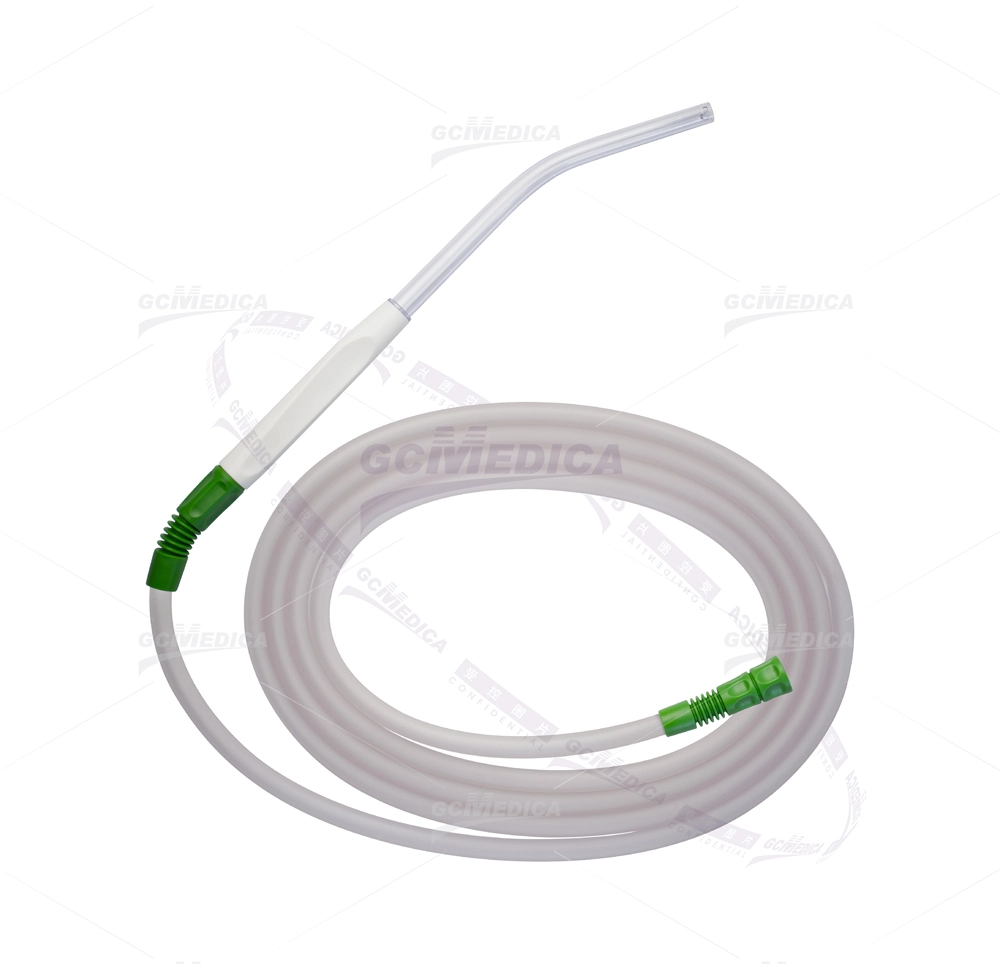
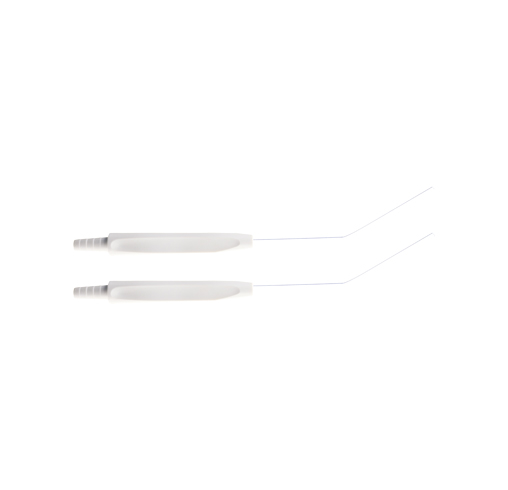
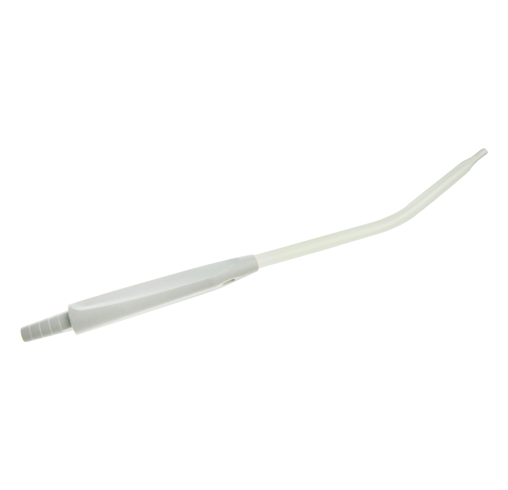


 +
+
 +
+
 +
+